A Sacrifice in San Juan Chamula, Mexico
Words by Dalene Heck / Photography by Dalene & Pete Heck
San Juan Chamula, Chiapas is a beautiful, incredibly interesting, and culturally rich region located in the southern Mexico.
It’s known for its diverse landscapes, indigenous cultures, historical significance, and vibrant traditions.
To be honest, it’s difficult to sum up on only a few sentences.
The Chiapas Region
The Chiapas region is home to a remarkable diversity of indigenous communities, each with its own languages, traditions, and customs.
These indigenous groups, such as the Maya, Tzotzil, and Tzeltal, have preserved their heritage for generations, creating a tapestry of cultural expression.
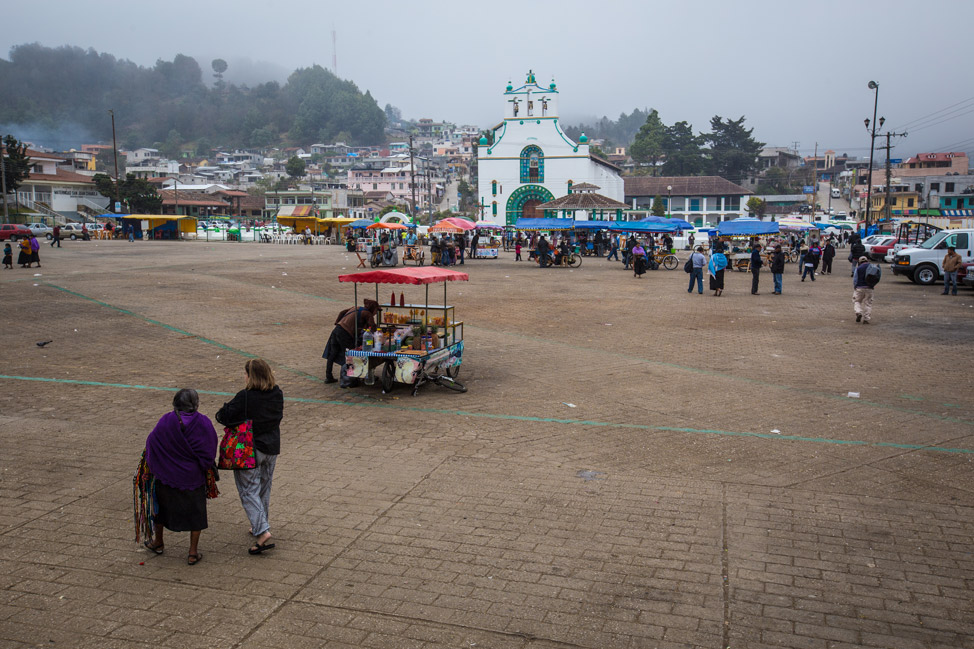
Certain indigenous cultures have historically practiced sacrificial ceremonies as part of their religious and cultural traditions.
There is a complex and ancient history that includes various forms of ritual practices, some of which involved offerings and animal sacrifice.
San Juan Chamula is a town located in Chiapas, renowned for its distinct religious practices, and beautiful setting in the Chiapas highlands.
A Visit from The Pope
Pope Francis arrived to the Chiapas region with much fanfare in February of 2016.
His scheduled stop in San Cristobal de las Casas was at his own insistence and seen “in many ways a swipe at the Mexican church hierarchy”.
Chiapas is the poorest state, but also the least Catholic.
His masses also surprised by featuring readings in local languages and recognizing married church deacons. Yet it should not have been unexpected from Francis given his relentless support of indigenous people worldwide.
Posters and statues remained after he left; we passed banners along the highway and other markers as we walked the streets.
The History of The Region
This particular region is worlds apart from the Vatican, and the churches of the small towns surrounding are not even officially a part of it.
The Spanish arrived in the early 16th century and brought Catholicism with them. Churches were built and the faith held strong for awhile, but then the local traditions based in Mayan culture seeped in, forming what is now called a “traditionalist” Catholic belief that is mixed with indigenous culture.
Holding onto these beliefs has not always been without tumult, and the indigenous have not always been welcome in neighbouring towns.
The Surrounding Landscape
The landscape of Chiapas is a striking blend of tropical rainforests, majestic mountains, serene valleys, volcanic peaks, cascading waterfalls, winding rivers, tranquil lakes, and a stretch of Pacific coastline.
This diversity of ecosystems creates a visually stunning and ecologically significant region, offering a range of natural wonders that include vibrant flora and fauna, scenic viewpoints, and cultural sites nestled within this beautiful setting.
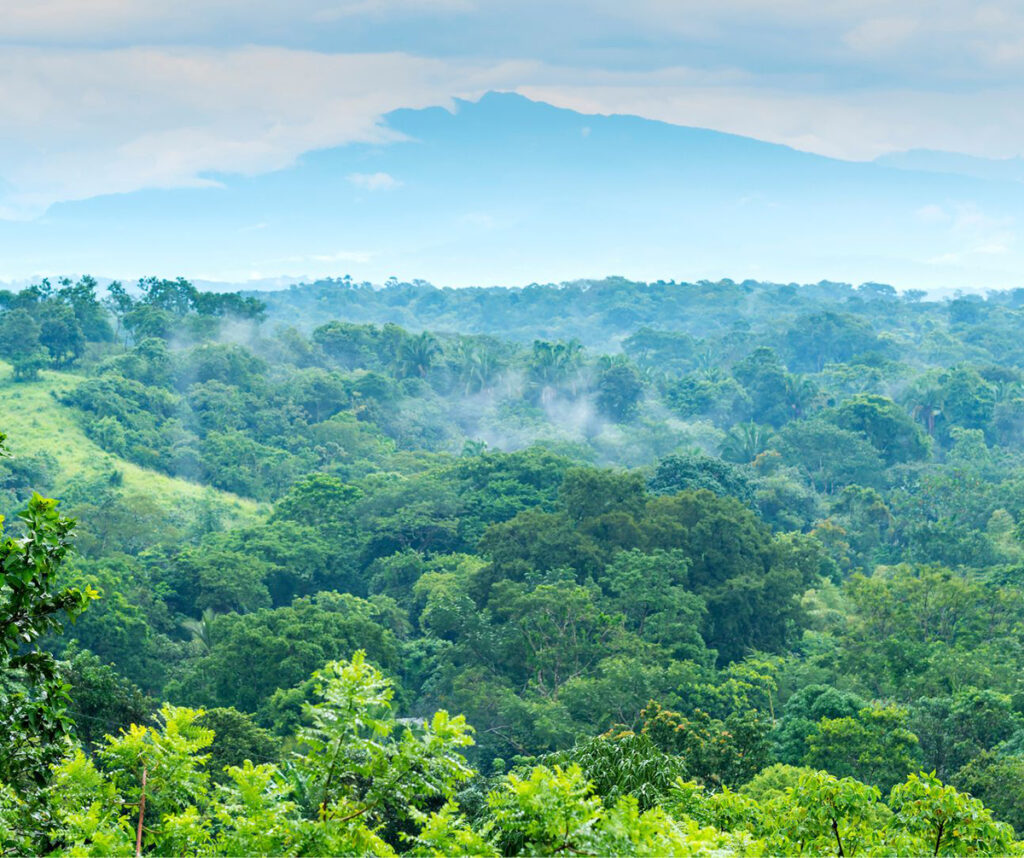
Chiapas’ high altitude mountainous geography means that the many towns in the area, separated by twisty roads running through the rises and deep valleys, were historically difficult to traverse between.
As their beliefs formed and changed, some became as different to each other as they are from the Vatican. Even though in reality, only a few miles separated them.
Zinacantán Church
Before heading to San Juan Chamula, we started our day under a blank sky in Zinacantán.
As a part of a small tour group, César led us into a church in the midst of a service. There were no pews and everyone was standing.
The women wore traditional dress of stunning fuchsia shawls, intricately woven with colourful patterns over bright tops and long dark skirts.
Heads turned as we walked in, but then refocused forward. We couldn’t see what was happening at the front, but we were drawn in by the chanting that filled the small and crowded space.
César motioned us forward. Pete and I, along with another couple, kept our spot at the back, wary of being such a foreign disturbance in an intimate setting.
He insisted, and as he came back to retrieve us, he shook hands and was welcomed by many of the locals. Hesitantly, we moved up, although for what, we were not sure. We really could see no better.
Before long, César shepherded us into a side room. Around us, hundreds of candles. Some were lit, others snuffed out, but all were encased by wax forming arbitrary patterns around them on the ceramic floor.
Among them, carved animal figurines – companio, as they are referred to – animals are revered and respected because as César said, we are all connected.
Rules for Spiritual Leaders
A spiritual leader would return later to clean the wax off of the floor, as a part of his duties.
It’s stricter here, César says, compared to nearby towns. As they are mostly based on joint Mayan background, some practices are similar, including that of the religious leaders who volunteer their time for one year. Their only requirement is to be married (although not restricted to one woman).
The leader’s job is to protect the house of the saint for which they are entrusted. With no income, they have to save up for their year of service in order to pay for the flowers, candles, and alcohol required for ceremonies, for their assistants, for everything involved in paying proper homage.
It is a position of prestige and there are wait lists to take on this task.
The Town of Zinacantán
From the church we visited a nearby house wide open to our group who wandered through. Some of the leaders, who had been up since 2am for a ceremony, sat stretched out on chairs, their heads rested on the wall and their eyes closed.
We were instructed there of how the colour of candles represent the different colours of corn, an important symbol representative of survival here. Mirrors hung around the saint on display in order to reflect the sun.
The small town itself is a cultural gem known for its traditional clothing, intricate textile artistry, and of course, the Tzotzil Mayan religious beliefs.
Visitors can witness the weaving process, explore artisan workshops, and immerse themselves in the living heritage of the local Tzotzil people.
On the way out of town we passed a large procession of locals and a familiar pointy hat among them. César later confirmed that it was a Catholic bishop. What the procession was for, he did not know.
Heading to San Juan Chamula
From Zinacantán, onto San Juan Chamula, the most popular town for tourists in the area as it is considered a centre for indigenous culture.
Like Zinacantán, the Tzotzil people of San Juan Chamula live with a unique autonomous status with fierce independence. In order to be a resident of town, religious rules must be followed, enforced by their own police force.
There are 120 spiritual leaders in the town for the almost 80,000 citizens.
The San Juan Chamula Church
In the the centre of San Juan Chamula, is the famed church.
We were held up at the door and given instructions on what to do upon entering: walk through and do not disturb, do not stop and stare, and taking pictures was absolutely forbidden. Such action would be punishable by loss of camera and placement in the town jail, open for public viewing and ridicule, for one day.
The air inside the San Juan Chamula Church was pungent with incense. The interior was dark and smoky, lit only by candles. Floral fabrics draped from the roof to the walls.
Candles were everywhere and wax ran along the floor; homemade corn liquor called Posh sat in used soda bottles amongst them.
Giant brass bells sat near the alter, which was dedicated to Saint Jean Paul. Jesus sat to his side.
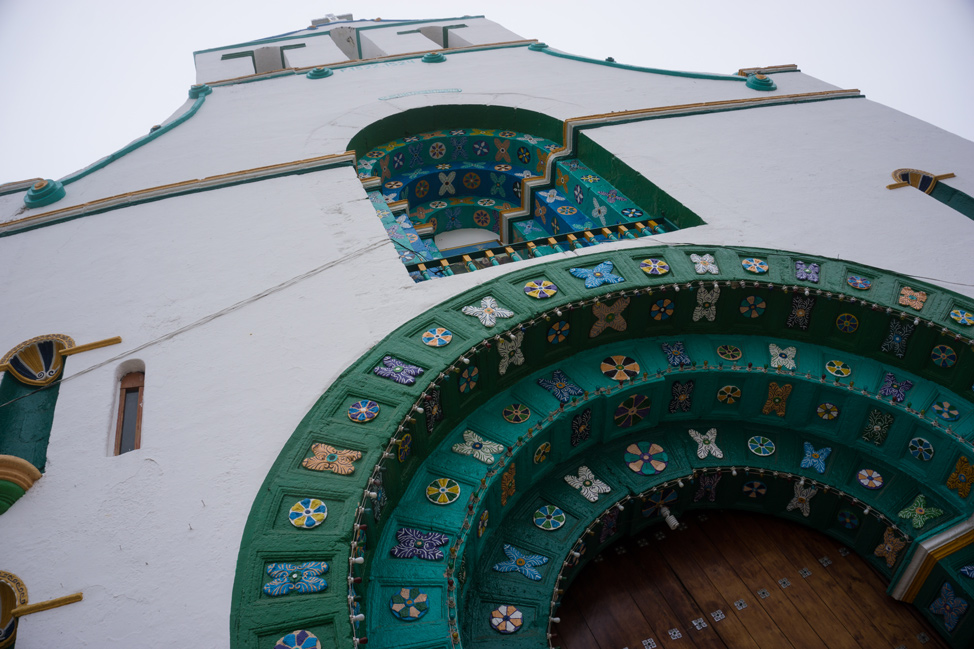
We walked the room and returned to a corner near the door. Activity buzzed all around us as Cesar explained what we were seeing.
He was forced to stop at one point as a religious leader walked through to the altar, led by a wave of incense, a trumpet, and a drum. Other leaders were scraping wax off the floor.
Little stations were set up on the floor around the room, attended by a shaman. Their patients are those who need treatment not for a physical ailment, but a loss of spirit, César explained.
After the shaman takes a pulse reading, he or she decides on what candle to light in order to solve the problem. Also, what animal to kill as a sacrifice.
The Sacrificial Ceremony
Different coloured live chickens are used for different ailments and also according to the gender and age of the patient. We watched as one shaman held a speckled chicken in her hands, one hand on its neck, the other on its body, slowly waving it over the many candles lit in front of her.
Back and forth she went, talking casually to the person on her right, smiling gently.
And then, without flinching, she brought the live chicken back to her body, twisted its neck, and held the body while it twitched. When it stopped moving, the chicken was laid on the floor beside her.
Having heard of this ritual prior to our arrival to San Juan Chamula, I expected it to be a wretched event. Instead, it was a captivating act done so simply and quietly that it could even be called peaceful.
César explained that now the ill person would eat the chicken’s head and retreat to a private room for five days. The family would consume the rest of the body.
Old Tradition
Sacrificial ceremonies in San Juan Chamula were often tied to religious beliefs and and traditional rituals that aimed to maintain harmony with the natural world, appease deities, rid evil spirits and ensure the well-being of the local Mayan Village and the entire population of San Juan Chamula.
These practices were deeply ingrained in the cultural fabric of the societies and were often performed in specific ceremonial spaces such as temples, pyramids, or other sacred sites.
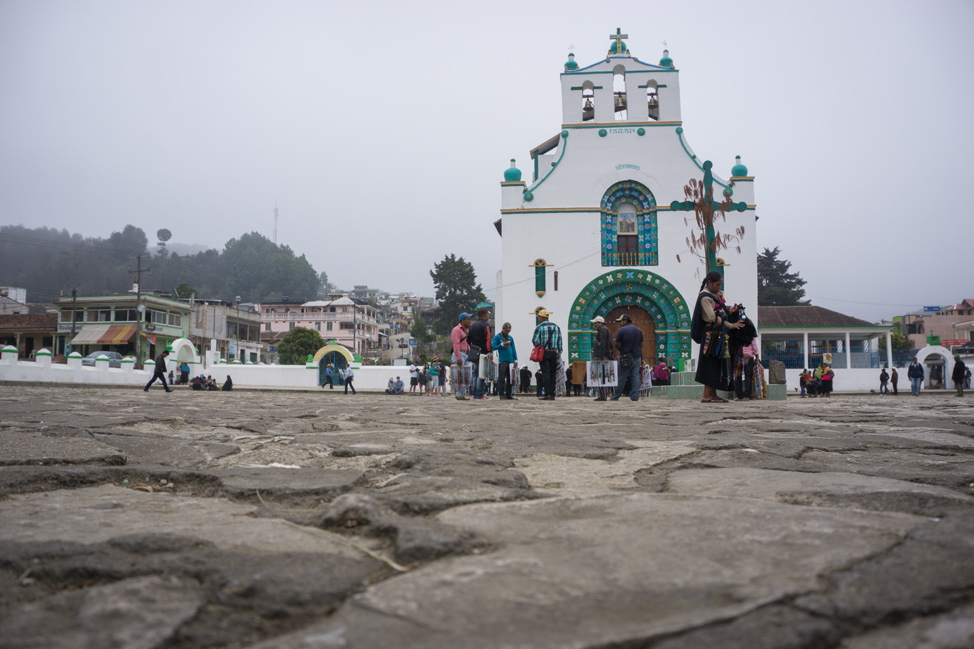
It’s also important to note that the understanding of these unique rituals and their significance is complex and can vary based on the specific indigenous group, historical era, and cultural context.
The practices have evolved over time and adapted or transformed due to factors such as Spanish colonization, the spread of Christianity, and changing societal dynamics.
Becoming a Shaman
“How does one become a shaman?” I asked.
“Through their dreams,” César said, “in their dreams the shamans are called to this service.”
Most individuals experience a personal calling or spiritual awakening.
This calling often comes through dreams, visions, or other extraordinary experiences that lead them to believe they are meant to be healers or spiritual guides within their community.
Next, they must seek guidance from experienced shamans or curanderos (healers). They may apprentice under an established shaman to learn the traditional healing techniques, rituals, and spiritual practices that are passed down through generations.
From there comes a long line of learning traditional practices, estabishing connections with spirits, undergoing specific initiations and rites of passage, followed by the practice of healing and finally community recognition.
It is by no means a simple process.
Heading Back to San Cristobal de Las Casas
The drive to San Cristóbal de Las Casas reveals the transition from the indigenous charm of San Juan Chamula, with terraced farmlands and misty hills, to the colonial allure of San Cristóbal de Las Casas.
The route showcases the region’s diverse landscapes and cultural richness, offering a brief yet beautiful journey.
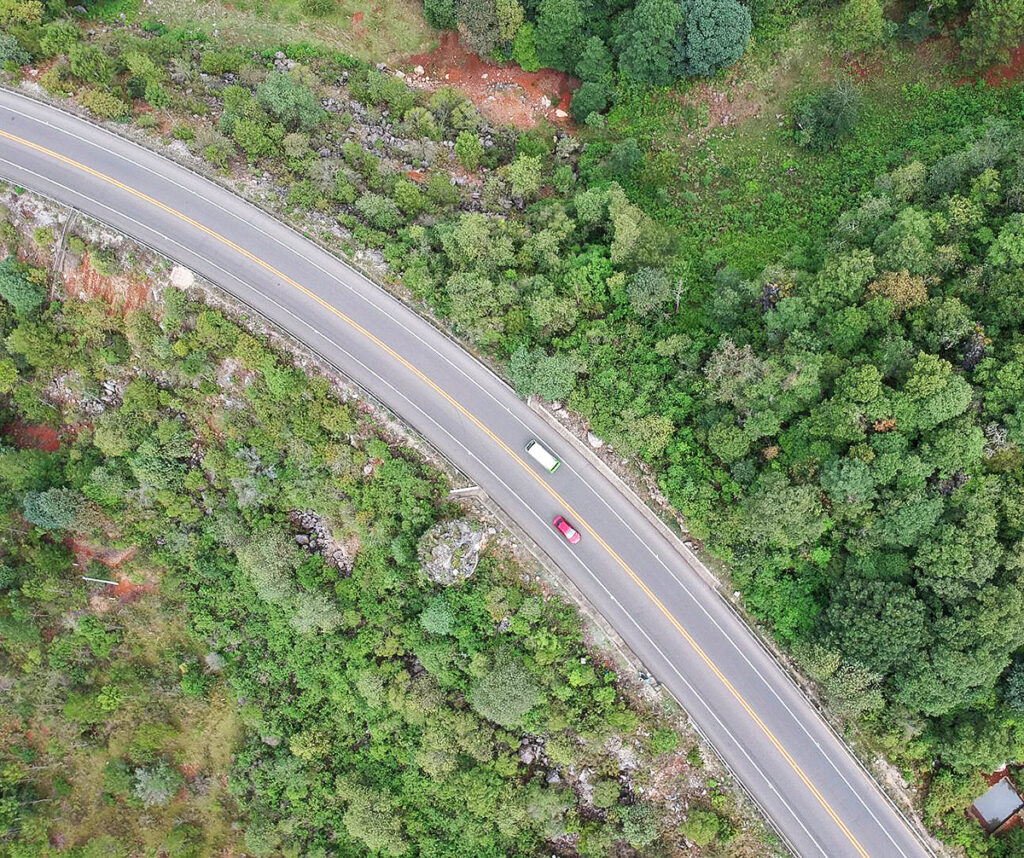
A windy drive of six miles brought us back into the relatively bustling centre of San Cristobal de Las Casas, our home for just over a month.
By then, we were familiar with the pace of the city, the navigation of its streets, and the faces that we’d see often as we walked them, in a variety of traditional and more modern attire.
Suddenly, it all looked a little different. We retreated immediately to our home then, trying to absorb all that we had seen.
How to Have This Experience
Visiting San Juan Chamula is possible on your own, but we highly recommend a guide.
We believe the experience to be infinitely richer because it was accompanied with a detailed explanation of what was going on.
Also, although not commented on in the story above, it included a stop at the home of a local fabric weaver who demonstrated her skills as well as fed us blue corn tortillas.
We very much appreciated César’s knowledge and would highly recommend him as a guide. Email him at alexyraultours@yahoo.com.mx to ask about tour times.

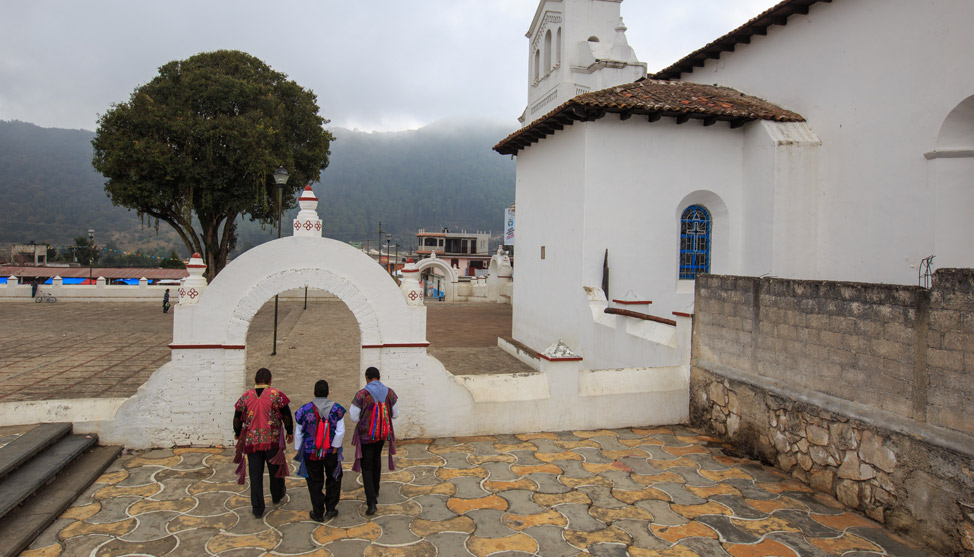
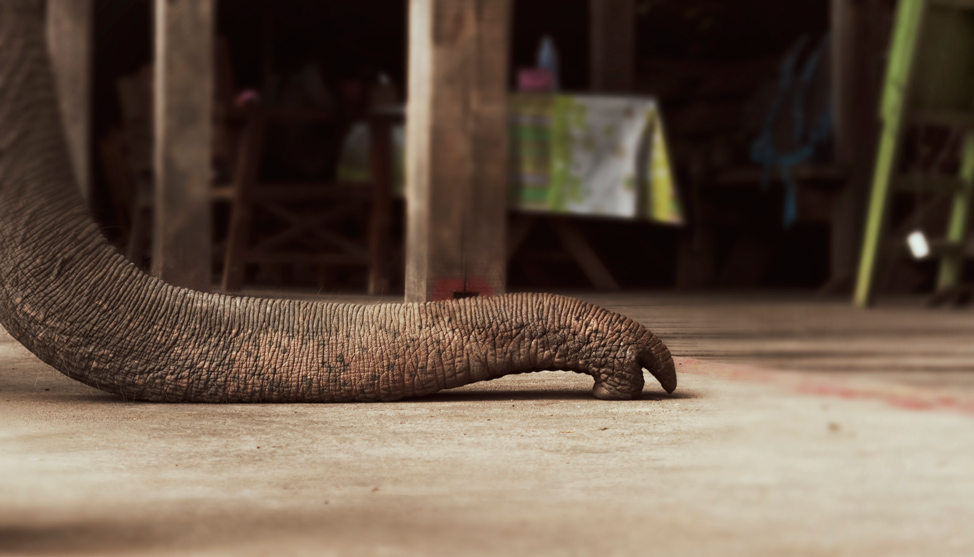
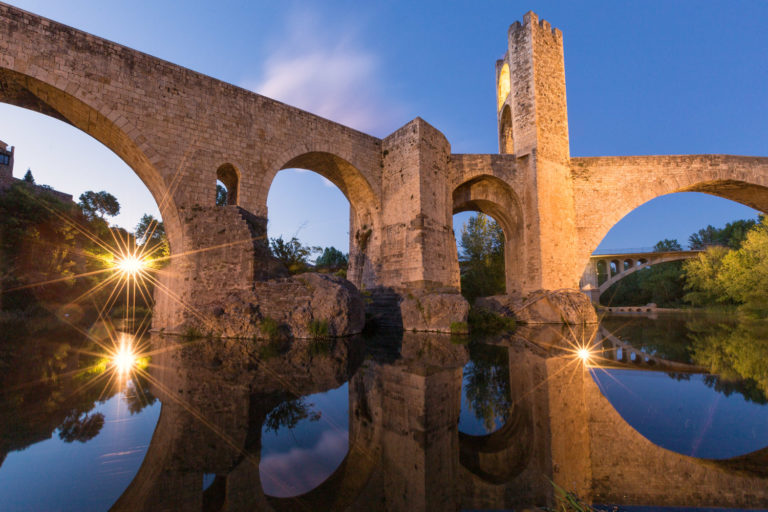
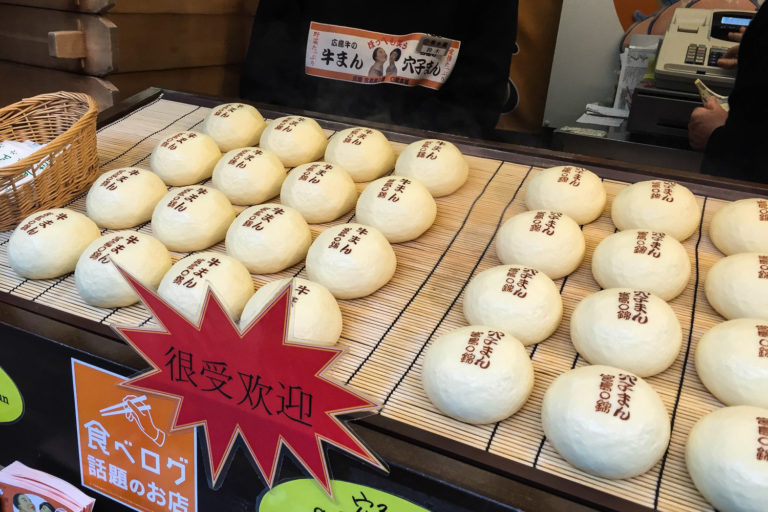
Wow what a moving experience. Foreign but also in some ways familiar. I don’t know how I would have taken the shaman ceremony but the whole trip sounds incredibly interesting. Thank you for sharing!
I was really worried myself for the shaman experience. 🙂 But overall it was just fascinating!
So interesting that such religious villages still exist…no separation of church and state!
I wish we could have visited and learned more in the area – there are several like this.
I always loved to travel among the churches and it’s kind a relaxing.
Connecting God and connecting people is the best thing I could ever have.
Wow incredible experience and chiapas is beautiful and the church in the photo is very unique
Great photos. What an intimate cultural experience. Having a guide definitely allowed for some unique experiences. Thanks for sharing.